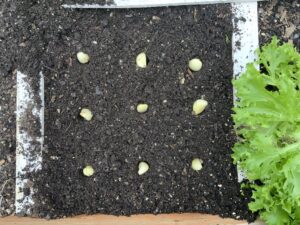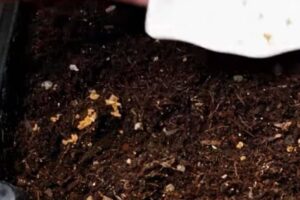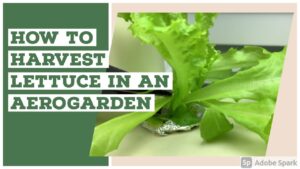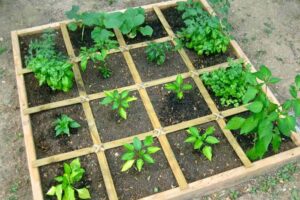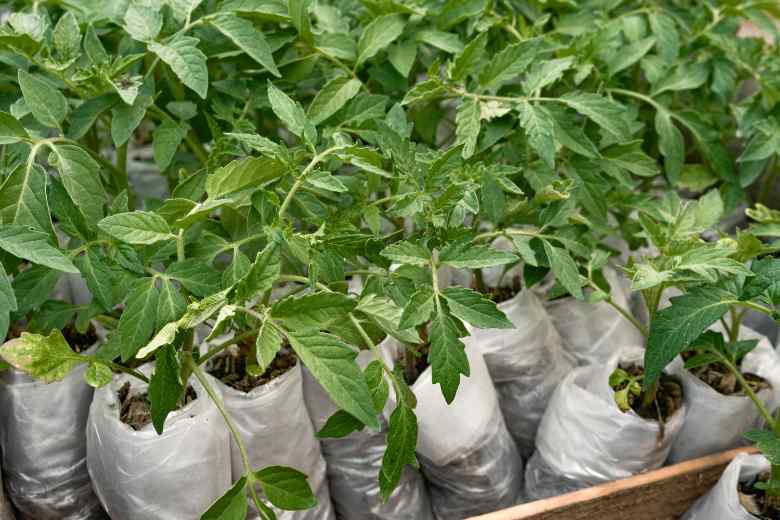
Grow bags are an excellent option for growing tomatoes. Not only do they provide a great alternative to traditional garden beds, but they are also much easier to manage and take up less space in your garden.
But when it comes to knowing how many tomato plants to plant in one grow bag, the answer can vary depending on the size of the bag and the variety of tomato you are growing.
In this article, we will explore the recommended number of tomato plants per grow bag, as well as some tips and tricks to ensure your tomato plants thrive.
Types of Grow Bags
Grow bags are becoming an increasingly popular way to grow plants, flowers, and vegetables. They offer a range of benefits over traditional containers or pots, including improved drainage, aeration, and root development.
Grow bags come in a variety of sizes, colors, and materials, making them suitable for many types of plants. Coir grow bags are made from coconut husks and are resistant to mould and pests; they are particularly suitable for growing vegetables and tropical plants.
Polythene grow bags are lightweight and durable, and they come in a range of sizes and thicknesses – making them ideal for growing delicate plants. Fabric grow bags are the most breathable and provide superior root aeration.
They can be re-used multiple times and are often used for growing tomatoes and peppers. Each type of grow bag has its own advantages and disadvantages, so it’s important to consider what type of plants you’re growing and the environment they’ll be in before purchasing.
Advantages of Growing Tomatoes in Grow Bags
Tomatoes are a popular and nutritious vegetable that can be easily grown in the comfort of your own home. Grow bags offer a number of advantages when it comes to growing tomatoes.
Firstly, they provide the ideal soil type for tomato growth. The porous material of the bag ensures the soil is well aerated and the root system is able to develop optimally.
Secondly, the bag is lightweight and can be moved to new locations without damaging the plant.
Finally, the grow bag is reusable, meaning you can plant in the same bag for multiple seasons, reducing cost and time. If you’re looking for a simple and effective way to grow delicious tomatoes, grow bags are the perfect solution!
How to Select the Right Size Grow Bag
Grow bags are an essential tool for any gardener, but selecting the right size can be tricky. To ensure the best success with your container gardening, it is important to pick the correct size for your plants. Here are a few tips to help you choose the right size grow bag:
1. Measure the space where you plan to place the grow bag. This will give you an idea of the size you need.
2. Consider the type of plants you plan to grow. Different plants have different space requirements.
3. Look for grow bags made with materials that provide good drainage and are durable enough to handle the weight of the soil and plants.
4. Select a grow bag with built-in handles for easy transportation and positioning.
5. Finally, consider whether you need a self-watering grow bag for convenience.
By following these tips, you can easily select the right size grow bag for your container gardening project. With the right size and materials, you can create a thriving garden and enjoy the fruits of your labor!
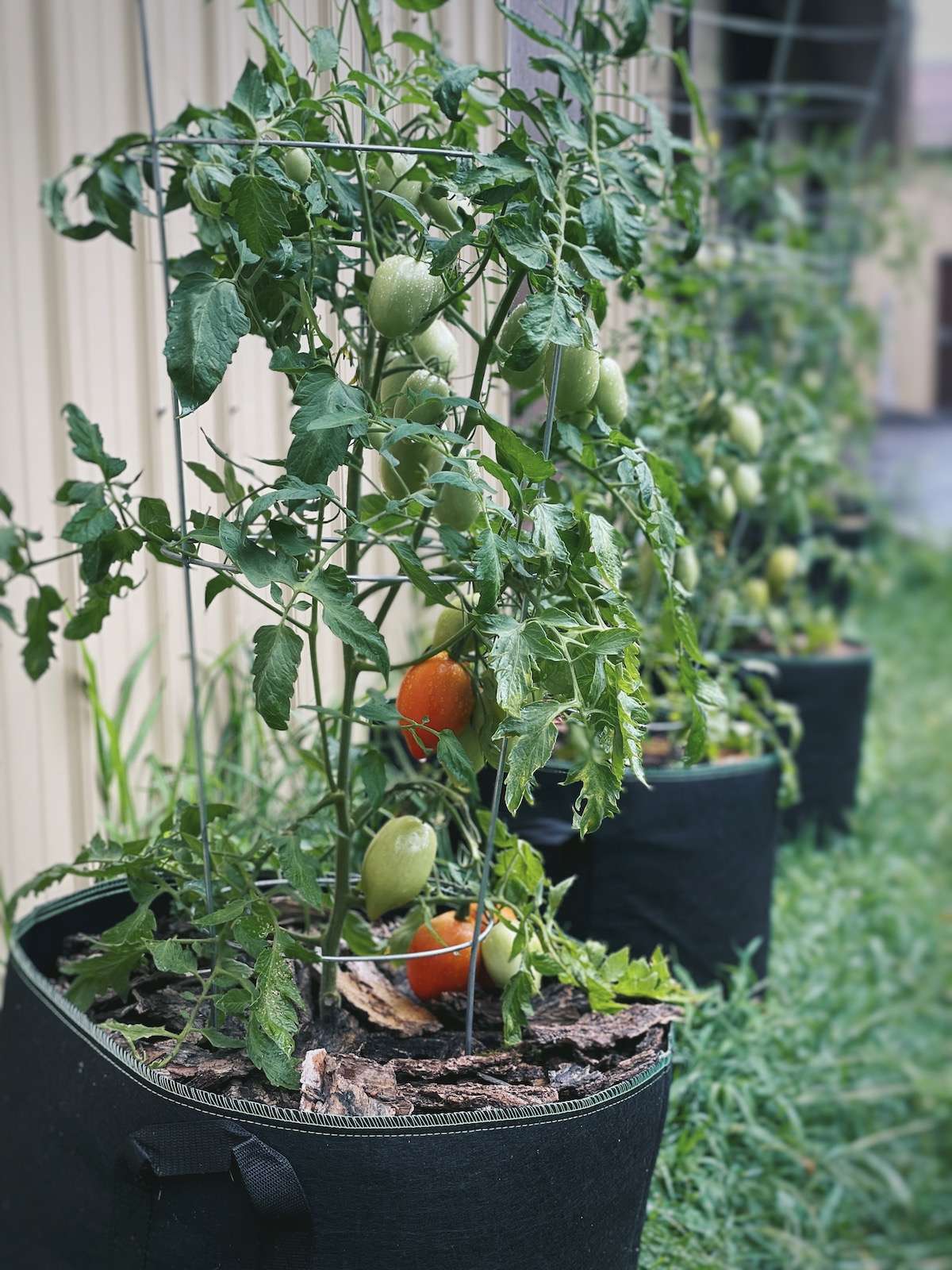
Planting and Growing Tomatoes in Grow Bags
Grow bags are a great way to grow tomatoes in an easy and efficient way. They provide an ideal environment for tomatoes to thrive, with good drainage and root aeration.
With a grow bag, you can easily monitor soil temperature and water levels, ensuring your tomatoes get the best possible start. Planting tomatoes in a grow bag is relatively straightforward.
First, choose a spot in your garden that gets plenty of sun and place your grow bag there. Fill the grow bag with a nutrient-rich soil mix, then add your tomato seedlings or plants.
Finally, water the soil and keep it moist throughout the growing season. With some care and attention, you can enjoy a bumper crop of tomatoes in no time!
Care and Maintenance of Tomato Plants in Grow Bags
Tomato plants in grow bags are a great option for gardeners who don’t have a lot of space. Grow bags provide a great environment for tomatoes to thrive and produce an abundant crop.
However, tomatoes are a delicate crop and require frequent care and attention to maintain their health. With proper watering, feeding, and pruning, your tomato plants in grow bags can produce a bountiful harvest.
Watering is key to keeping your tomatoes healthy, so water your tomatoes regularly and adjust your watering routine based on the temperature and amount of rainfall. Feed your tomatoes with the right fertilizer to keep them growing vigorous and strong.
Prune your plants to promote air circulation and keep them from becoming overcrowded. These simple tricks and tips can help you get the most out of your tomato plants in grow bags.
Troubleshooting Tips for Growing Tomatoes in Grow Bags
- Watering Issues: Tomato plants require plenty of water, especially when growing in containers like grow bags which can dry out quickly. Ensure your plants get enough water, but be careful not to overwater as it could lead to root rot. A self-watering system might be useful in maintaining proper watering.
- Sunlight: Tomatoes need a lot of sunlight, at least 6-8 hours per day. If your plants are not getting enough light, consider moving them to a sunnier spot.
- Temperature: Tomatoes prefer warm temperatures, so protect your plants from frost. If temperatures drop unexpectedly, you can move the grow bags indoors or use a protective cover.
- Drainage: Good drainage is essential for tomatoes. Ensure that your grow bags have enough holes at the bottom to prevent waterlogging.
- Nutrient Balance: Tomatoes need a good balance of nutrients. Use a high-quality compost and consider supplementing with a tomato-specific fertilizer. Yellowing leaves can be a sign of nutrient deficiency.
- Disease and Pest Control: Look out for signs of pests or diseases such as discolored leaves, stunted growth, or visible insects. Use organic pesticides or beneficial insects to combat these issues.
- Support: Tomato plants, especially indeterminate varieties, can become heavy with fruit and may need additional support. Install stakes or cages early to prevent the plants from collapsing.
- Size of the Grow Bag: The size of the grow bag matters. It needs to be large enough to accommodate the root system of a mature plant. Aim for at least 10 gallons for most varieties.
- Pruning: Regular pruning can help manage the size of the plant and promote fruit production. Remove the lower leaves and any suckers that develop in the leaf axils.
- Planting Depth: When planting, remember that tomatoes like to be planted deep. This encourages a strong root system and helps the plant be more resistant to drought and wind.
Remember, every plant is different and the specific needs can vary based on the variety of tomato and the specific growing conditions. Be patient and attentive to the needs of your plants, and you’ll soon have a bountiful harvest.
FAQs About the How Many Tomato Plants Per Grow Bag
What is the best size for a grow bag for tomato plants?
Answer: Generally, a grow bag with a capacity of 20 liters is considered the ideal size for growing tomato plants.
How many tomato plants can I fit into one grow bag?
Answer: Typically, one grow bag can accommodate up to 4 tomato plants.
What type of soil should I use in a grow bag for tomato plants?
Answer: A well-draining potting mix with an equal mix of perlite and peat moss is best for growing tomato plants in a grow bag.
Conclusion
The number of tomato plants per grow bag can vary depending on the size and type of tomato plant, as well as the size of the grow bag. However, as a general rule, four to six tomato plants can fit comfortably in a grow bag with a 3-gallon capacity. When selecting the number of tomato plants to place in a grow bag, it is important to consider the space requirements of each plant to ensure that the plants have enough room to grow and thrive.

